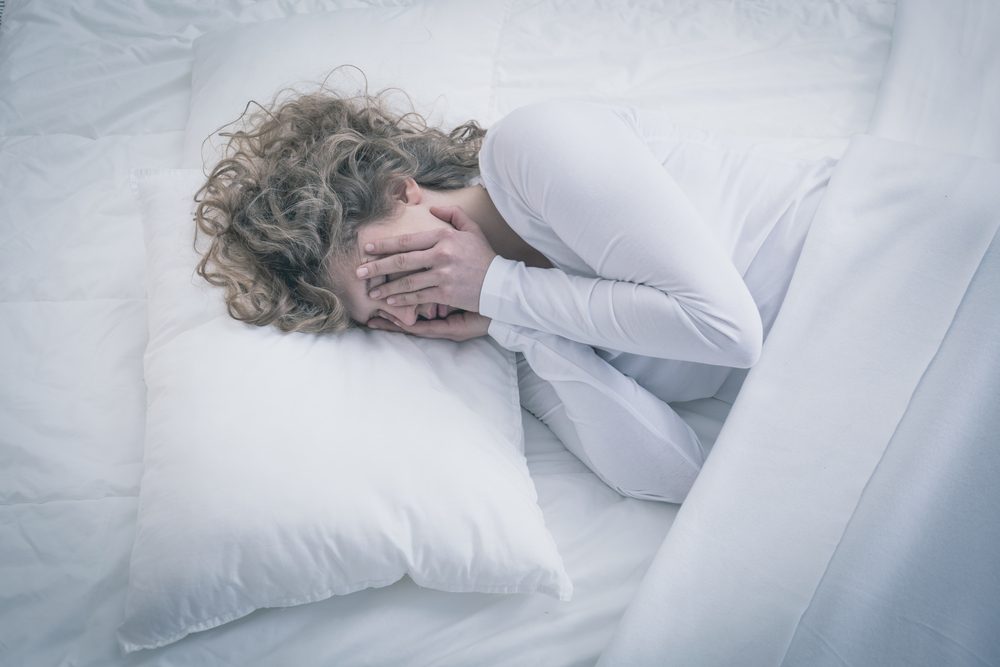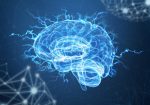COVID-19 Lockdown Increased Impulse Control Disorders in Spain

Photographee.eu/Shutterstock
Impulse control disorders (ICDs) among people with Parkinson’s disease were significantly more common and more severe after a COVID-19-related lockdown than before the pandemic, according to a small study in Spain.
Also, patients who developed ICDs in the post-lockdown period were younger, developed Parkinson’s at a younger age, or had more frequent history of depression and ICDs than those who did not develop the disorder — all known risk factors of ICDs.
The findings suggest that a highly stressful environment, such as that associated with COVID-19 lockdown, may work as a trigger for the development of ICDs in more susceptible patients, and that clinicians should be aware of this potential link, the researchers noted.
The study, “Impulse control disorders in Parkinson’s disease: has COVID-19 related lockdown been a trigger?,” was published in the journal Movement Disorders Clinical Practice.
ICDs are common psychiatric conditions in which a person is often unable to resist an impulse, drive, or temptation to perform a risky behavior. Gambling, compulsive shopping, overeating, and compulsive sexual behaviors are common examples of ICDs.
Previous studies have shown that Parkinson’s patients are at risk of developing ICDs, affecting 4–28% of cases, and about 17% of those taking dopamine agonists — a well-known risk factor of ICDs.
Dopamine agonists are a standard treatment for Parkinson’s that increase the levels of dopamine, the brain chemical messenger progressively lost in the disease.
Other risk factors in Parkinson’s patients include being male, younger, experiencing earlier disease onset, being depressed, and previous substance abuse.
“However, little attention has been paid to the role of environmental factors in the development of ICD,” the researchers wrote.
The COVID-19 pandemic resulted in widespread restrictions on social interactions and lockdowns, taking a toll on people’s psychological well-being around the world. Notably, there is evidence that impulsive and addictive behaviors may have increased in the general population during COVID-19 lockdown.
While the pandemic has been reported to worsen stress, depression, anxiety, physical activity, and quality of life in people living with Parkinson’s, the impact of its restrictive measures on ICD frequency remains unclear.
To clarify this, researchers in Spain retrospectively analyzed the electronic medical records of Parkinson’s patients at a single Movement Disorders Clinic in Madrid, Spain, to compare the frequency of ICDs before and after the COVID-19 pandemic.
Madrid’s strictest lockdown was established from mid-March to mid-May 2020.
Data from 114 Parkinson’s patients seen from Sept. 7 to Nov. 7 2020 (post-lockdown group) were compared with those of 135 patients assessed from September to November 2019 (pre-lockdown group). None of the included patients had dementia.
Patients in the post-lockdown group had a mean age of 72 years and had been living with Parkinson’s for a mean of seven years. About half were men and 42% were being treated with dopamine agonists. There were no significant differences between the post- and pre-lockdown groups in terms of these features.
Results showed that a significantly greater proportion of patients in the post-lockdown group had ICDs, compared with those in the pre-lockdown group (13% vs. 4.5%).
This group difference remained significant when looking only at patients on dopamine agonists, who showed even higher rates of ICDs (31% in the post-lockdown group vs. 9.6% in the pre-lockdown group).
In addition, significantly more patients seen after the lockdown needed treatment adjustments to control ICD manifestations than those in the pre-lockdown period (80% vs. 16.7%).
This suggested that ICDs in Parkinson’s patients were more severe after the COVID-19 lockdown, the team noted.
While the characteristics of the patients who developed ICD after and before the COVID-19 lockdown were similar, those in the post-lockdown group who showed the psychiatric condition had several well-known ICD risk factors.
These included “younger age, younger age at PD onset or more frequent history of depression and previous ICD” relative to those who did not have ICD, “suggesting a higher vulnerability for ICD occurrence,” the researchers wrote.
Given that the features of pre- and post-lockdown groups were largely comparable and that the doses of dopamine agonists were stable, the “strikingly higher” frequency and severity of ICDs after the lockdown “points in the direction that there must be another factor involved,” the researchers wrote.
These findings suggest that “a highly stressful environment, such it could be the lockdown, may have played a role in facilitating the development of ICD in vulnerable [Parkinson’s] patients, such as those with a previous history of depression or other well-known ICD risk factors,” the team wrote.
“Thus, we claim that more attention should be given to environmental factors in ICD occurrence,” they added.
Among the study’s limitations, they noted its retrospectively and single-center nature, the small number of patients, and the use of non-objective scales for depression and ICDs symptoms.
“Although further research is warranted on this topic, this seemingly increased [ICD] risk needs to be recognized by clinicians, considering the clinical relevance of ICD, and the importance of identifying, monitoring and managing this complication for both patients and their families,” the researchers concluded.







